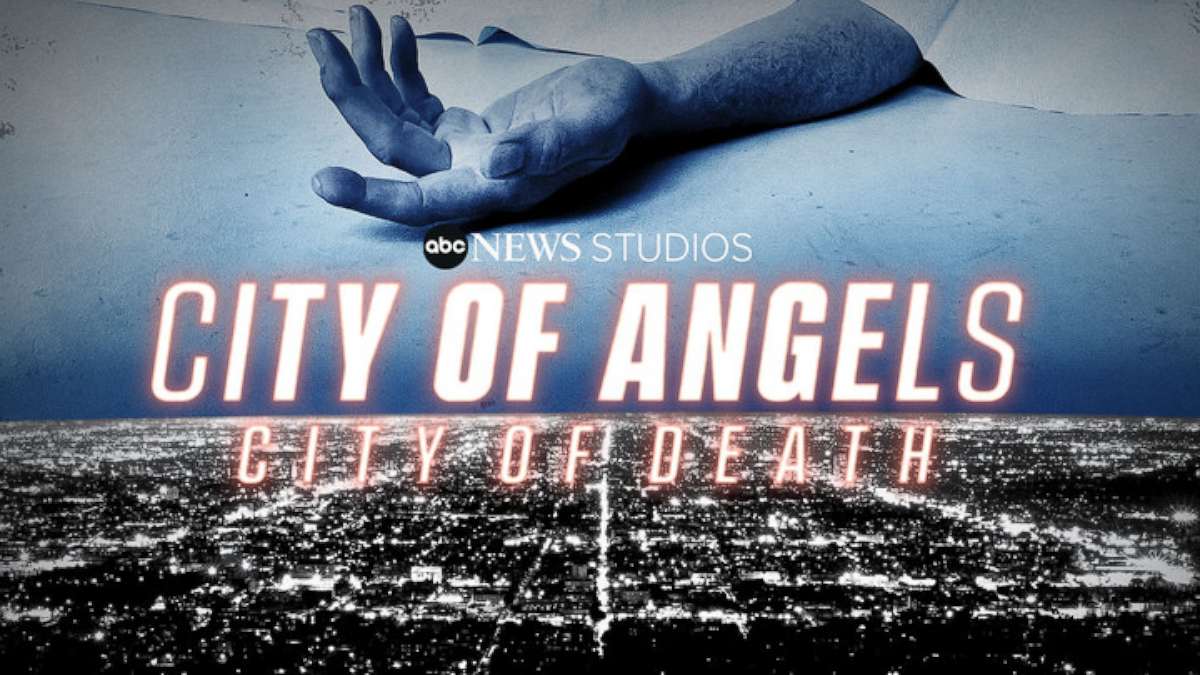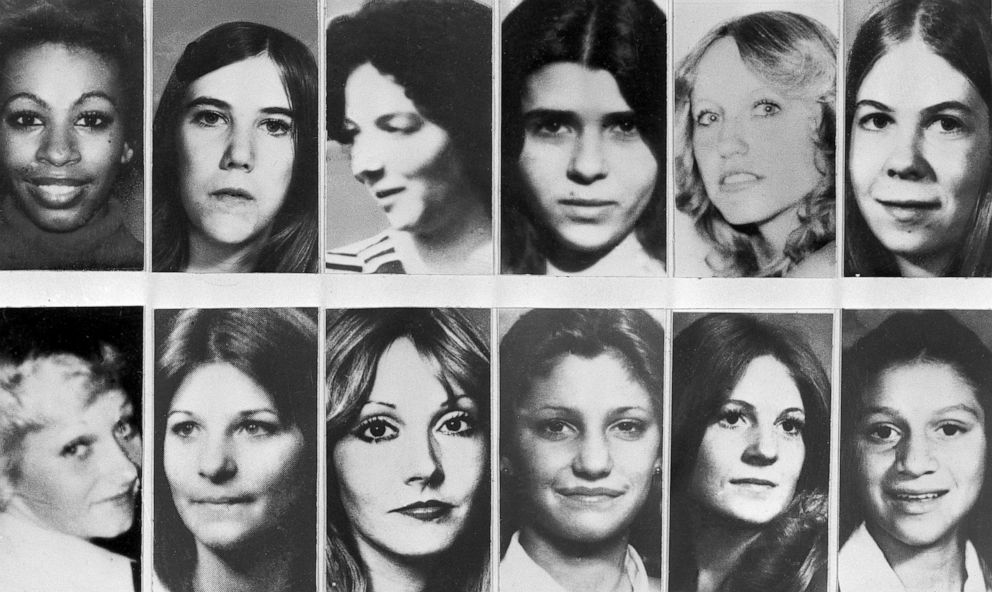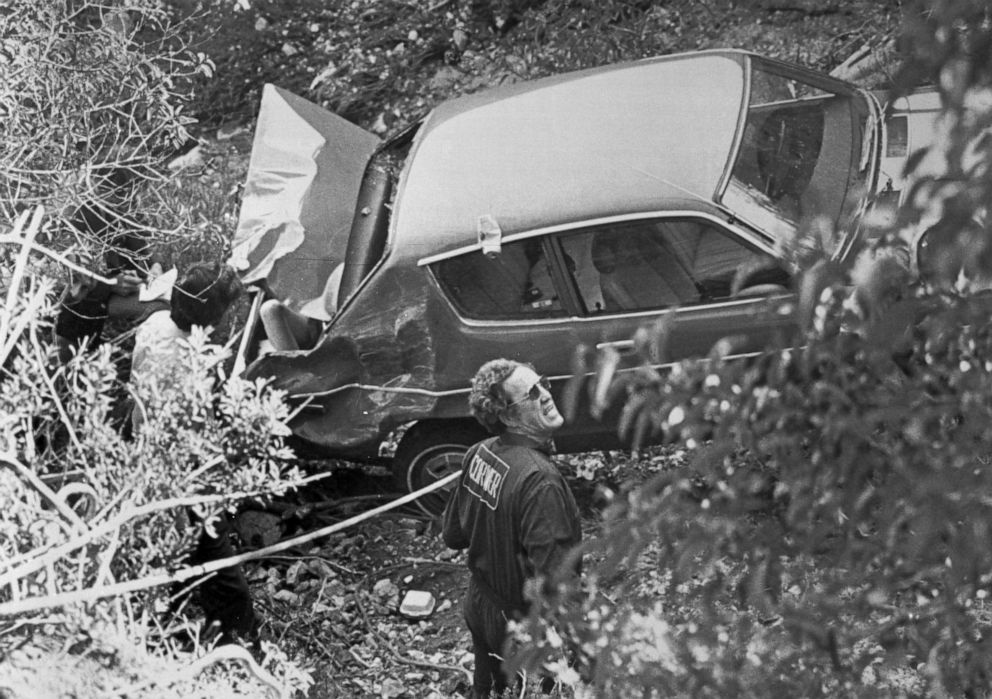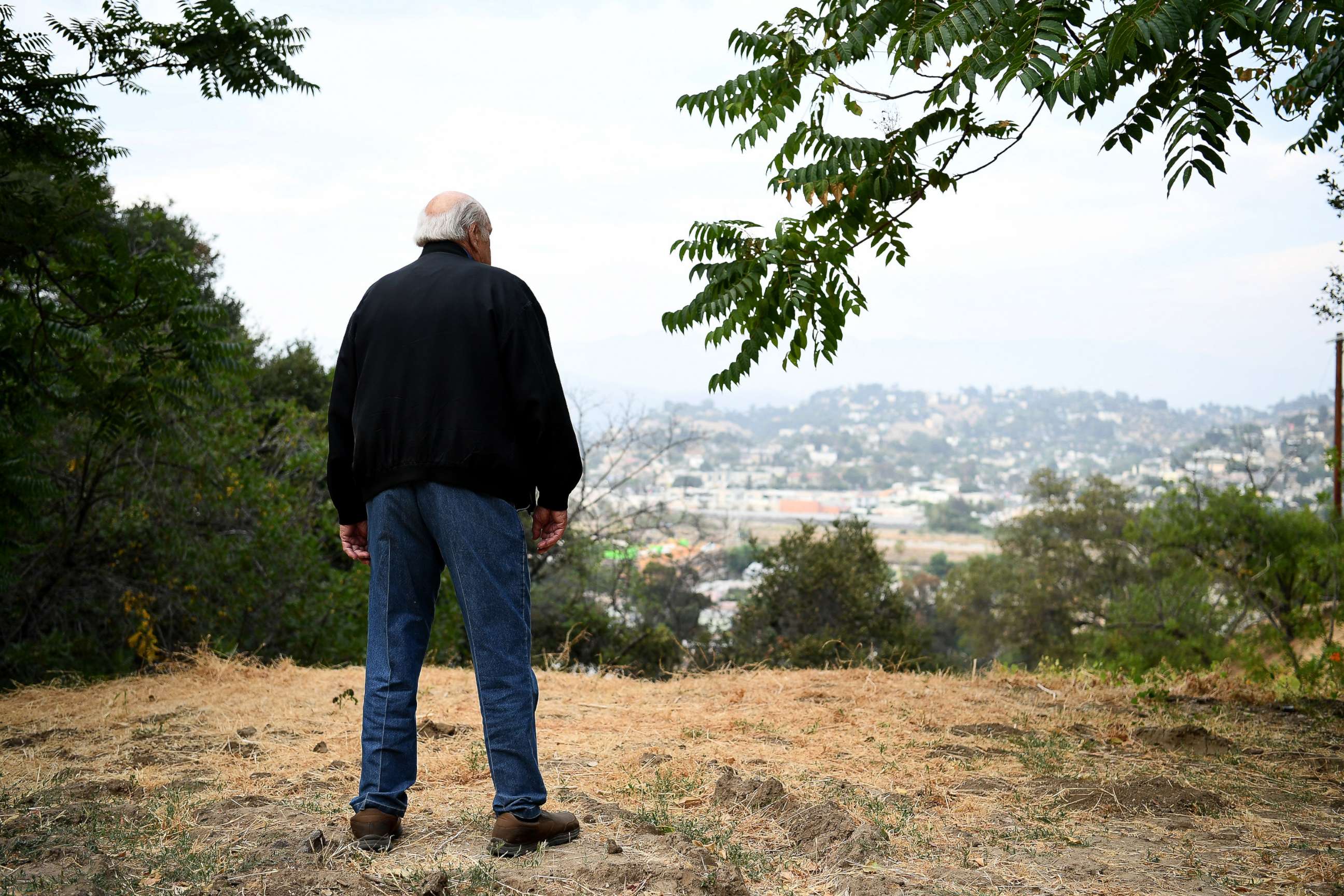'City of Angels, City of Death': Inside the hunt for Los Angeles' string of serial killers
"People were panicking that their daughter’s going to be the next victim."
A well-liked college student studying art in Los Angeles was found dead with ligature marks on her wrist and both ankles. Two girls, ages 12 and 14, were last seen waiting at a bus stop to go to the mall. A 15-year-old girl was discovered naked at a residential curb.


City of Angels | City of Death
A new six-part documentary series tells the incredible true-crime story of a fascinating era when more than 20 serial killers—including the "Skid Row Stabber"—terrorized LA.
These were some of the cases L.A. homicide investigators were frantically trying to solve, and later they learned more than 20 serial killers were stalking the L.A. streets at the same time in the 1970s and 80s.
"Nobody had ever seen anything like it -- you have multiple serial killers active literally at the same time," said former Orange County senior deputy district attorney Matt Murphy, an ABC News contributor.

As the slayings terrorized residents, detectives banded together to track down some of the most notorious murderers of that era, from the Freeway Killer to the Hillside Stranglers to the Skid Row Stabber.
"The city of Los Angeles just exploded. People were panicking that their daughter’s gonna be the next victim," said retired LAPD detective Bob Grogan.
This harrowing time in L.A. is the subject of a new Hulu original series “City of Angels | City of Death,” which chronicles the deaths through the eyes of the detectives who worked the cases within the LAPD’s Robbery-Homicide Division.
ABC News' "City of Angels | City of Death" premieres Nov. 24 only on Hulu.
Here's how the sprees began:
The Hillside Strangler, later known as the Hillside Stranglers, first struck in Oct. 1977, raping and killing Yolanda Washington. Her nude body was found in the hills near Griffith Park.
"Almost every famous person who lives in LA is literally right there," Murphy said of the area. "It’s a central feature of Los Angeles."

Weeks later, the nude body of 15-year-old Judy Miller was found in the hills overlooking Glendale, left by the curb in a residential neighborhood.
Both bodies showed evidence that they had been restrained.
That November, the nude body of 21-year-old Lissa Kastin, who moved to L.A. to become a dancer, was found strangled. She was just six miles from where Judy Miller's body was discovered -- with Miller's same ligature marks.
"There was a lot of communication going on between homicide detectives in L.A.," Grogan said. "We were starting to run into things that looked like a common denominator. ... But there wasn't anything substantial to say we got a serial murder going on."
"It could be coincidence. Unlikely, but it could be," he added. "Then came the case that put it all together."
Authorities were eventually able to connect both Miller and Kastin's murders to the Hillside Stranglers.
The Hillside Stranglers, accused of killing 10 women and girls, were later identified as Angelo Buono and Kenneth Bianchi, after Bianchi was arrested in two killings in Washington state. Bianchi pleaded guilty to five killings, while Buono was convicted of nine killings and sentenced to life in prison. Buono died in 2002.
In Nov. 1977, police found the partially nude body of 18-year-old Jill Barcomb, a young New York woman who moved to L.A. She had been bludgeoned to death and sexually assaulted.
Murphy said Barcomb was "found on a hill up above Hollywood, in the same general area."
"Originally they thought that she might be related to the Hillside Strangler case. The difference is the women that were in the Hillside Strangler case were dumped and Jill Barcomb had been posed," Murphy continued. "It wasn’t till later that they would learn that she was actually connected to a completely different serial killer who would become one of the most notorious serial killers in American history."
Barcomb's murder was later attributed to serial killer Rodney Alcala, who was connected to the murders of at least eight women. Alcala was at the height of his murderous spree when, in 1978, he put himself in the spotlight of primetime television, winning a date with a woman on the hit TV show, "The Dating Game." Alcala died this year while on death row.

Within the next few years, LAPD was grappling with more high-profile serial killer cases into the 1980s.
The Freeway Killer, William Bonin, was convicted of the sexual assaults and killings of 14 young men and boys whose bodies were left along freeways in 1979 and 1989. Several of his associates were also convicted. Bonin was executed in 1996.
The Toolbox Killers, Lawrence Bittaker and Roy Norris, raped and killed five teenage girls in 1979, and tortured them using tools like ice picks and pliers. Norris pleaded guilty and testified against Bittaker, who was convicted. Both died in prison.
The Sunset Strip Killers, Doug Clark and his girlfriend, nurse Carol Bundy, mostly targeted sex workers on the Sunset Strip. Two victims, one male and one female, were decapitated, and Clark allegedly kept one victim's head in his freezer. Bundy pleaded guilty to two murders and died in prison 2003. Clark was convicted of six murders and remains in prison.
In the Skid Row Stabber murders, 10 homeless men were targeted. In 1984, Bobby Joe Maxwell was convicted of two of the murders. In 2018, his conviction was overturned on appeal, because it was determined the jailhouse informant who testified against him was a "habitual liar," The Associated Press reported, citing court documents.
Prosecutors sought to retry Maxwell, but they dropped the charges after doctors testified that he was gravely ill and likely wouldn't recover, The Los Angeles Times reported. Maxwell died in 2019.
Grogan told ABC News, "I could never even to this day understand why somebody would want to kill somebody. Nobody deserves to die like that. But there is justice, thank God. Justice was served."
Murphy called the L.A. homicide investigators of the '70s and '80s "the pioneers of the modern era in homicide investigations."
"Today in your life you know people that weren't murdered because of the work that these detectives accomplished," he said. "The world is a far safer place today because of the work of those detectives."
The Associated Press contributed to this report.




